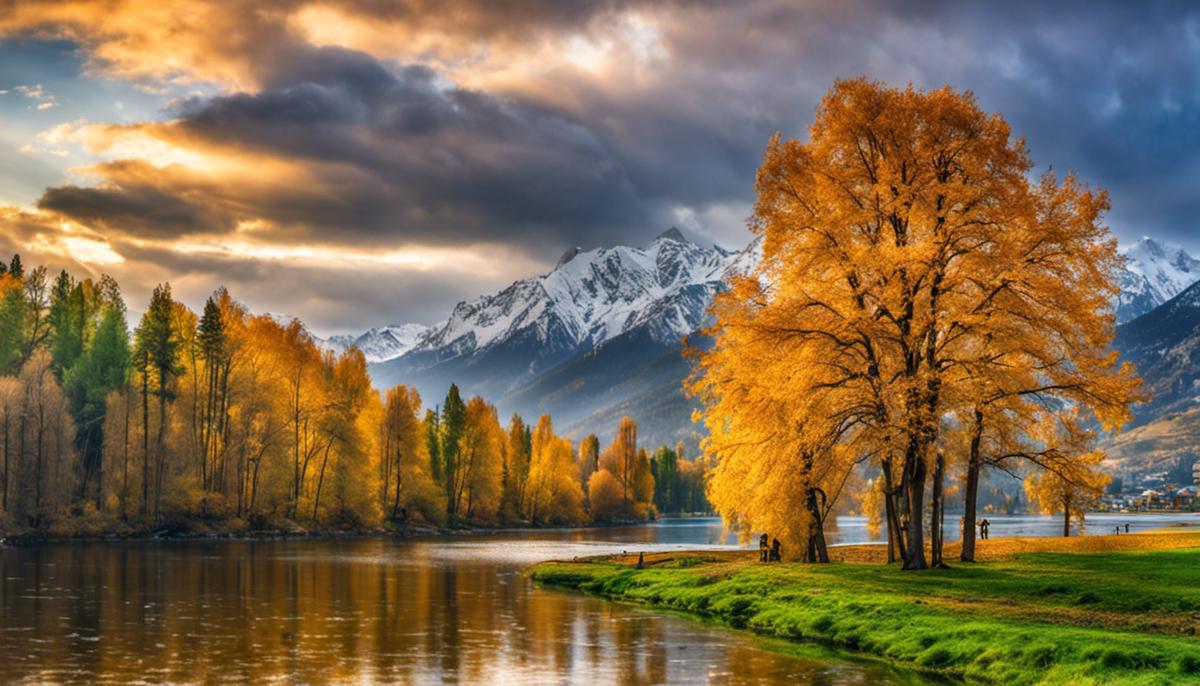We often talk about it beginning to feel like autumn when the nights start to draw in and temperatures start feeling cooler.
J&K Weather
There are two separate dates which could be said to mark the start of autumn in calendars. One is defined by the Earth’s axis and orbit around the Sun and the second is a fixed date which is used by meteorologists for consistent spacing and lengths of the seasons.
Astronomical autumn
Usually, when we talk about the first day of autumn we are referring to the astronomical autumn which is defined by the Earth’s axis and orbit around the Sun.
J&K Weather
This year autumn begins on 23 September 2023 and ends on 25 December 2023.
The astronomical calendar determines the seasons due to the 23.5 degrees of tilt of the Earth’s rotational axis in relation to its orbit around the Sun. Both equinoxes and solstices
Meteorological autumn
Meteorological seasons are derived by splitting the year into four periods made up of three months each. These seasons are split to coincide with our Gregorian calendar, making it easier for meteorological observing and forecasting to compare seasonal and monthly statistics. By the meteorological calendar, the first day of autumn is always 1 September; ending on 30 November.
The seasons are defined as spring (March, April, May), summer (June, July, August), autumn (September, October, November) and winter (December, January, February).
Solstices and equinoxes
Solstices and equinoxes are considered to be the astronomical transition points between the seasons and mark key stages in the astronomical cycle of the Earth. In a year there are two equinoxes (spring and autumn) and two solstices (summer and winter). The dates of the Equinox and Solstice aren’t fixed due to the Earth’s elliptical orbit of the Sun. The Earth’s orbit around the Sun means that in early January, the Sun is closest (known as perihelion) and in early July it is most distant (aphelion).
On the autumn equinox, day and night are of roughly equal length and the nights will become increasingly longer than the days, until the spring equinox when the pattern is reversed.
It also marks the time of year when the northern hemisphere begins to tilt away from the Sun, resulting in less direct sunlight and consequently the cooling temperatures.


